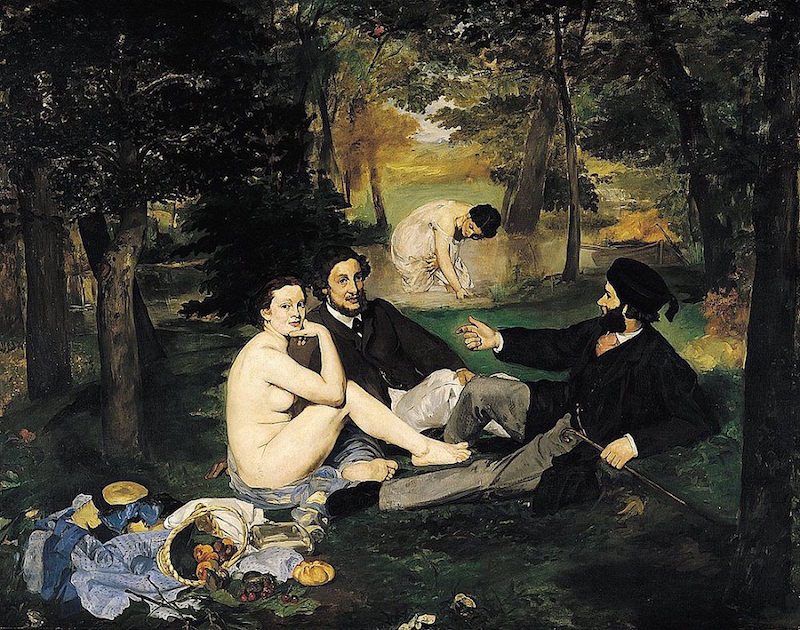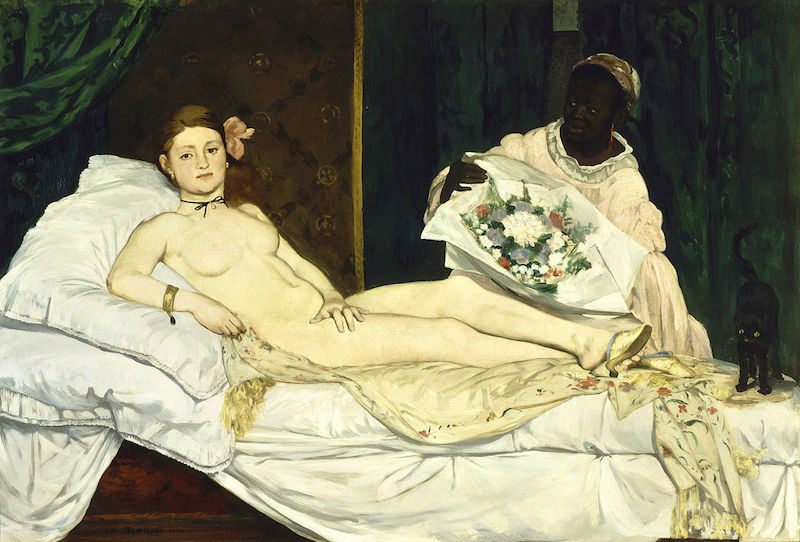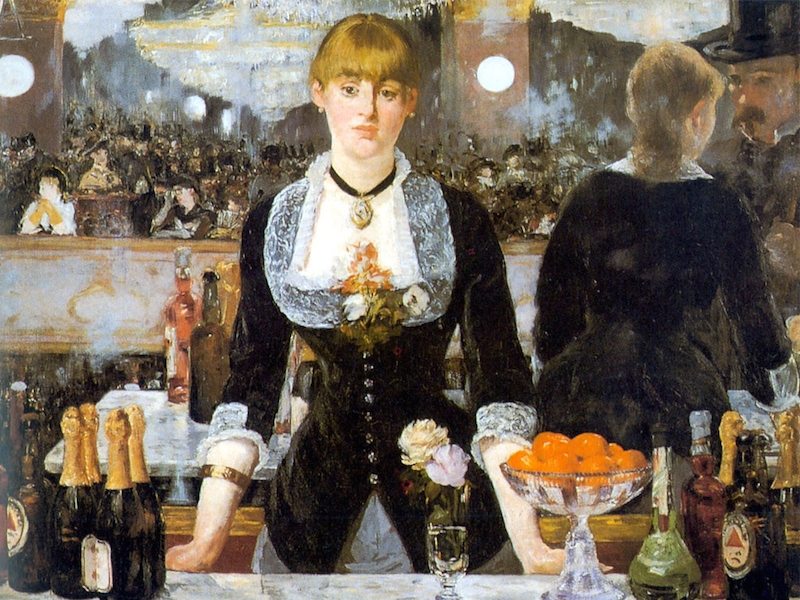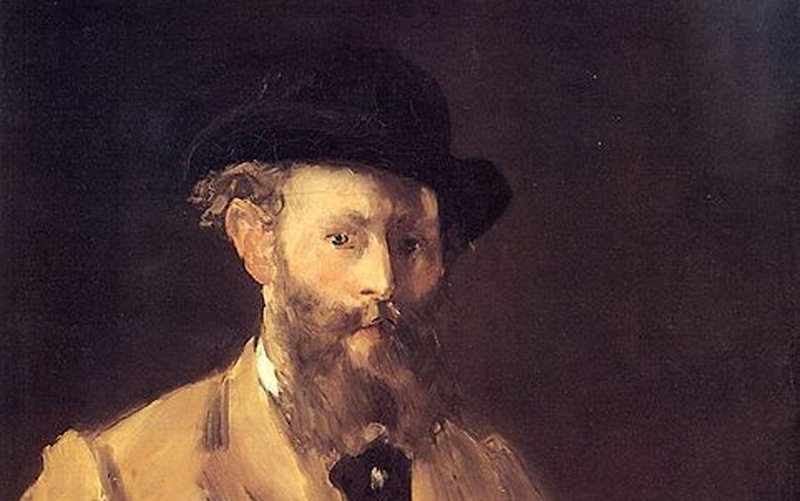Edouard Manet
Episode #1 of the course “Impressionist artists who changed the art world”
Edouard Manet was a French modernist painter, considered one of the first and most influential Impressionists. His friendships with other French painters in the circle of Impressionists are as inspiring as his subject matter and unique painting style.
 The Spanish Singer
The Spanish Singer
Born in 1832, Edouard Manet enjoyed a privileged, well-connected upbringing. His family expected him to study law, but he craved life as an artist. After failing the entrance exam for the navy twice, his father agreed to let him return to Paris to study under Couture. In 1856, Manet opened a studio and began to distinguish himself with his soft, loose brushstrokes and simple details. He debuted his style in 1861, including the popular The Spanish Singer, which made jaws drop.
 Luncheon on the Grass
Luncheon on the Grass
 Olympia
Olympia
Two of Edouard Manet’s most famous paintings were Luncheon on the Grass and Olympia. In 1863, Manet exhibited Luncheon to a great deal of outrage and critical shock. The painting depicts a naked woman lunching in public with a fully-clothed man. Her direct address to the viewer and unashamed display of her nudity was both intriguing and appalling to viewers at the time. Manet followed this controversy with the equally confrontational Olympia, which was based on the classical masterpiece Venus of Urbino of 1538. Olympia was especially notable for its use of harsh lines and flat appearance—techniques of Japanese woodblock paintings.
Manet used bold, expressive colors and sharp line contrasts without transitional shading. His respect for the classics was exemplified in his mastery of classical subject matter, but he clung to the Paris Salon as an authority on art, which made him an outcast with the avant-garde painters. Although considered influential, Manet was surpassed, and his career declined in his later years.
 A Bar at the Folies-Bergere
A Bar at the Folies-Bergere
Quotes
“I need to work to feel well.”
“Black is not a color.”
“There are no lines in nature, only areas of colour, one against another.”
“It is not enough to know your craft – you have to have feeling. Science is all very well, but for us imagination is worth far more.”
“There is only one true thing: instantly paint what you see. When you’ve got it, you’ve got it. When you haven’t, you begin again. All the rest is humbug.”
All artworks
Recommended book
“Manet: His Life and Work in 500 Images” by Nigel Rodgers
Share with friends

